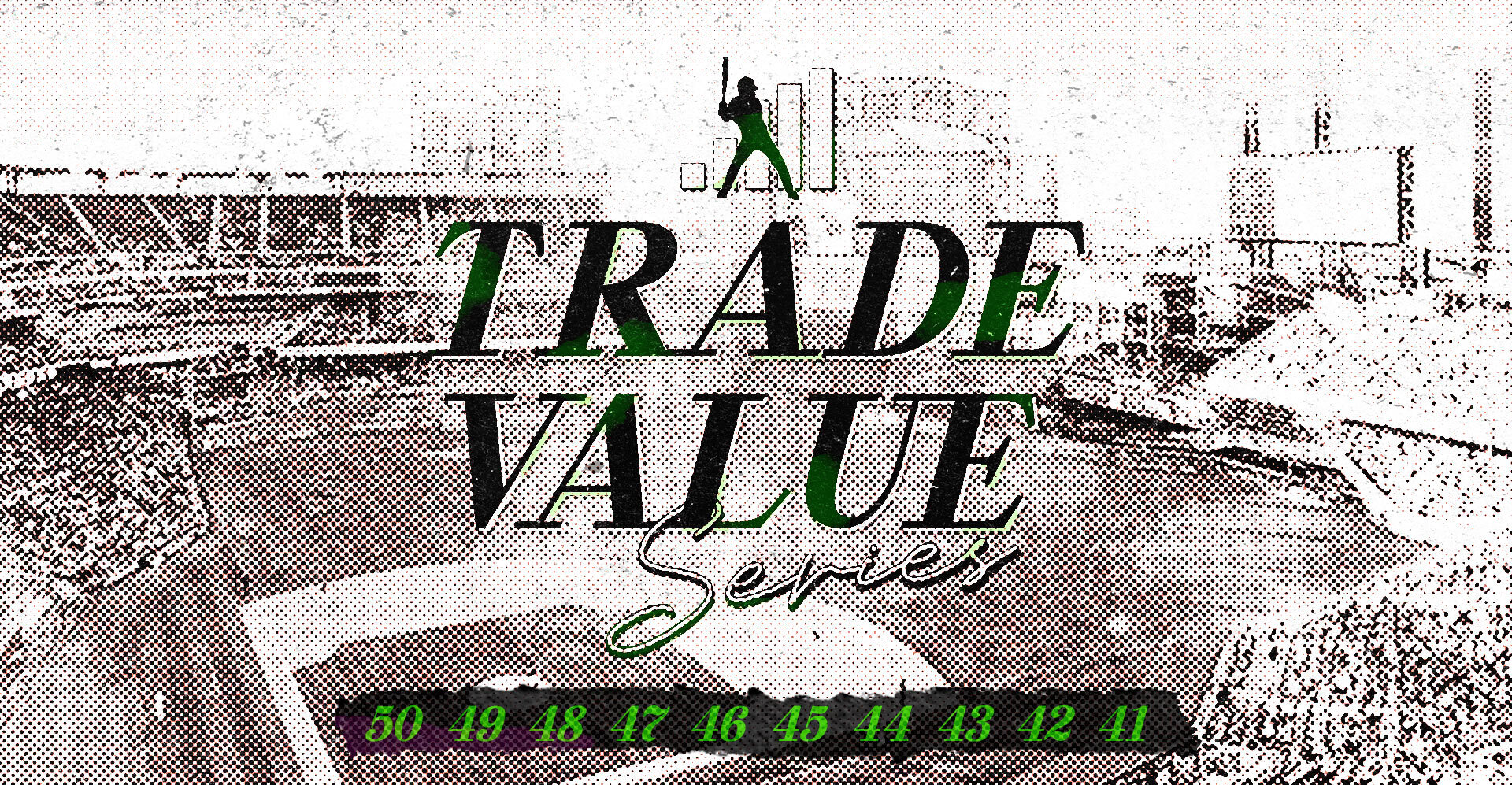Which Free Agents Have Boosted Their Value the Most?

Compared to the never-ending trudge of MLB’s CBA negotiations this winter, the 2022 season feels like a drag car race; I find it difficult to believe we’re already just two months away from the playoffs. But while playoff-relevant teams and their players are primarily thinking about October right now, it would be a lie if they claimed there was no peeking ahead to free agency. After all, decisions to sign or not sign will be among the most significant that players will make in their professional lives, and the right contract can change the fate of a franchise, for good or ill.
As we reach baseball’s trade deadline, the point of no return, I thought I would enlist ZiPS to the task of projecting which possible free agents have helped their cases this year. After all, the salaries players can expect to get in free agency can change decisions teams make right now. Just to keep everything on an even playing field, the exact order is based on theoretical four-year contracts.
1. Aaron Judge, New York Yankees (+$32 million)
Judge made a massive gamble on himself entering the season by turning down a deal worth $230.5 million over eight years, and while I don’t think there’s any possible season that would have actually catapulted him into the $300 million-plus territory that’s generally populated by younger players playing more crucial positions, he’s done about all he can to make his case. The projection systems all have his mean outlook getting him just over that 50-homer line for the second time in his career, and in a much more difficult environment for home run hitting than existed in 2017.
ZiPS isn’t convinced, though, that Judge is going to do better than the Yankees’ initial offer, and as great as he’s been, I still share that skepticism. He’s establishing a higher baseline for himself from which to decline throughout his 30s, but some of the reasons that hold down his value still remain: he’ll be 31 in 2023, and he’s a corner outfielder. I don’t think there’s any team in baseball that will give Judge more money than the Yankees will be willing to, and I don’t think the Yankees have any intention to offer him $280 million. Feel free to pop back into the comments in six months if I’m wrong!
| Year | BA | OBP | SLG | AB | R | H | 2B | 3B | HR | RBI | BB | SO | SB | OPS+ | DR | WAR |
|---|---|---|---|---|---|---|---|---|---|---|---|---|---|---|---|---|
| 2023 | .283 | .364 | .580 | 540 | 106 | 153 | 25 | 0 | 45 | 115 | 70 | 155 | 8 | 151 | 6 | 5.6 |
| 2024 | .282 | .362 | .575 | 511 | 99 | 144 | 24 | 0 | 42 | 109 | 66 | 147 | 7 | 149 | 6 | 5.2 |
| 2025 | .276 | .355 | .554 | 493 | 92 | 136 | 23 | 0 | 38 | 99 | 62 | 138 | 7 | 142 | 5 | 4.5 |
| 2026 | .271 | .348 | .527 | 469 | 83 | 127 | 21 | 0 | 33 | 88 | 57 | 127 | 6 | 134 | 5 | 3.7 |
| 2027 | .265 | .338 | .497 | 445 | 74 | 118 | 19 | 0 | 28 | 77 | 50 | 114 | 6 | 123 | 4 | 2.8 |
| 2028 | .257 | .325 | .456 | 417 | 63 | 107 | 17 | 0 | 22 | 64 | 43 | 99 | 5 | 109 | 4 | 1.8 |
| 2029 | .251 | .314 | .419 | 387 | 54 | 97 | 14 | 0 | 17 | 54 | 36 | 83 | 4 | 97 | 2 | 0.9 |








